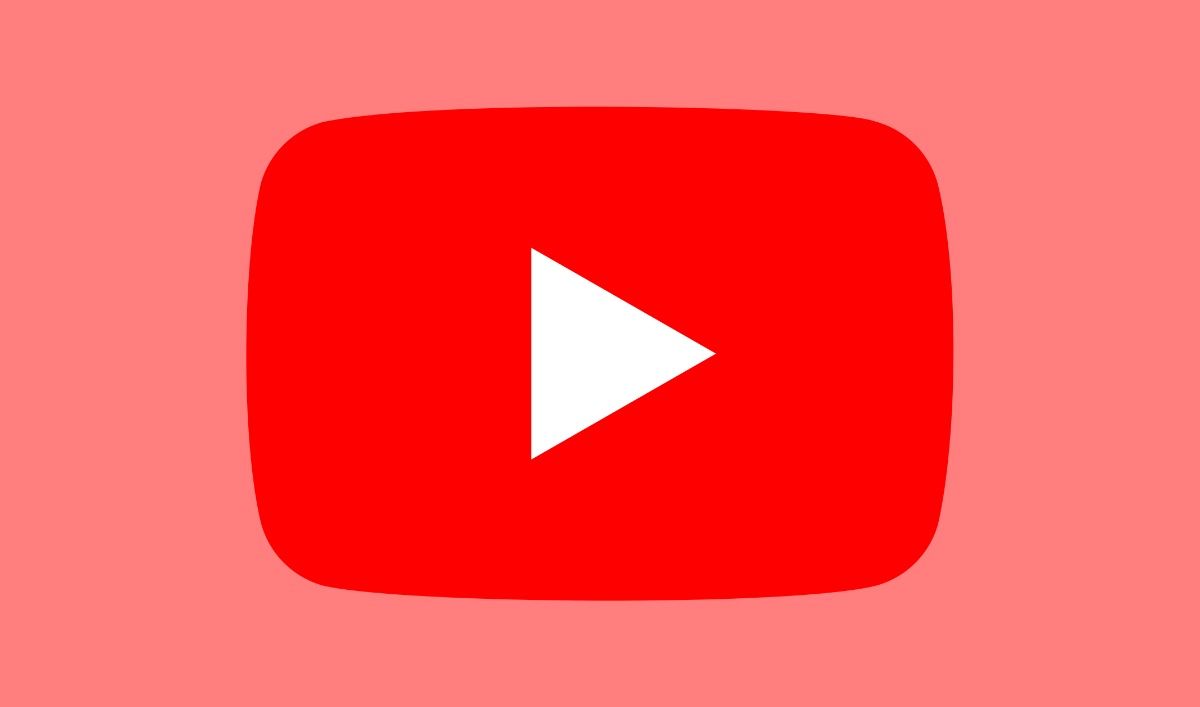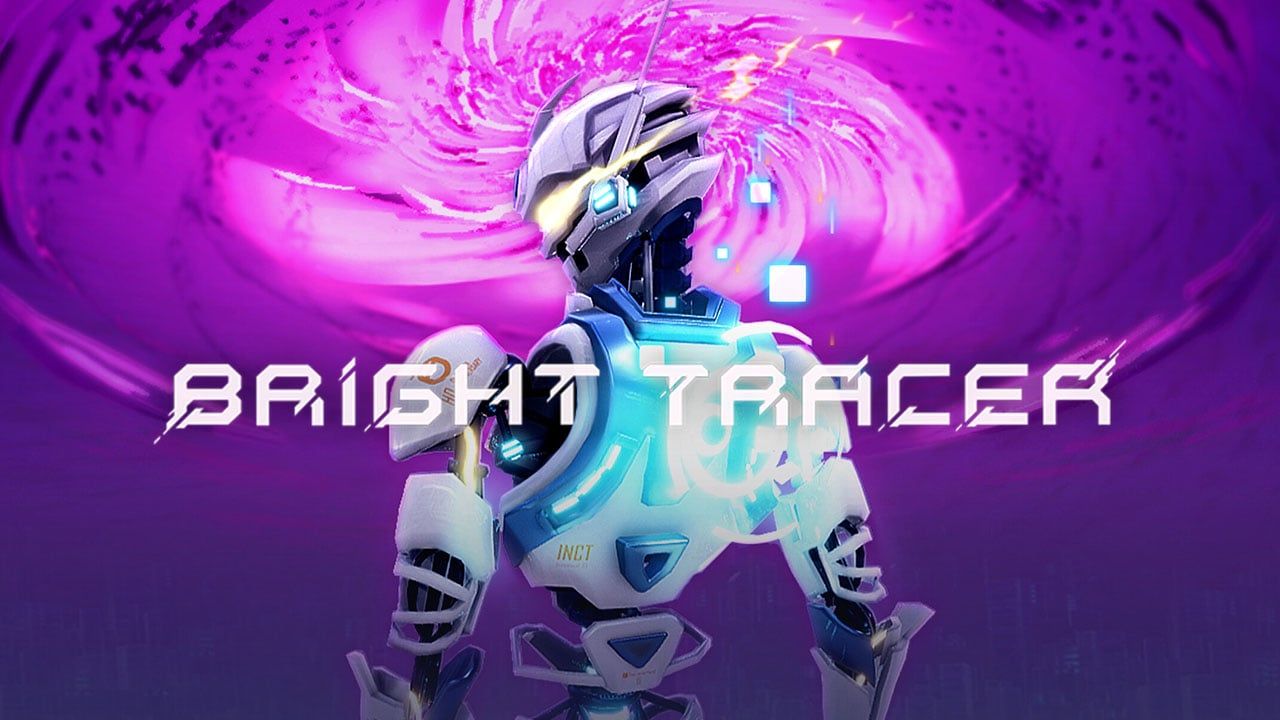YouTube Could Soon Dub Videos Using AI, Helping Users Watch Content They Previously Couldn't Because of a Language Barrier
YouTube announced that the platform is looking forward to integrating an AI-powered tool that will actually dub videos in other languages automatically. This might look like a minor feature, but this is going to help both creators and viewers to forget about the language barrier altogether, as AI-powered dubbing is going to help everyone enjoy the content that was previously not possible. We have also learned that this feature has been in work for years and has been part of Google's Area 120 incubator, where the company works on experimental projects.
Aloud is going to help transform YouTube by offering dubbing, all thanks to AI
The new YouTube feature is called Aloud at the time of writing, and it allows the creators to "quickly and easily dub their videos into multiple languages, unlocking knowledge that might be trapped in a single language today." The good news is that Google is looking to ensure that the new feature is going to make dubbing a lot easier for all the creators, especially the creators who normally have a hard time getting their videos dubbed in different languages to cater to the wider audience that they have. Check out this cool video demonstrating Aloud.
Now, if you are confused about how Aloud is going to work for YouTube, then the good news is that we have an explanation thanks to the official website. The tool basically starts by transcribing the video. It then lets the creator review and edit the transcription. Once that is done, the video is translated and dubbed in the target language, and then it is published.
In a conversation with The Verge, Amjad Hanif from YouTube also talked about how the feature is currently being tested with several creators around the world. It only has support for a few languages, but there are going to be more languages in the future. We do know that English, Spanish, and Portuguese will be available at launch, with languages such as Hindi, Bahas-Indonesia, and more languages joining the ranks in the feature.
Honestly, I have not seen Aloud in action so far but judging by the information that we have received, this does look like it could be one of the coolest tools that one could look forward to using, and I am really glad that it is coming to YouTube. However, at the same time, it poses a threat to all the creators with multiple channels that publish the same video in a different language.
Source: Wccftech


